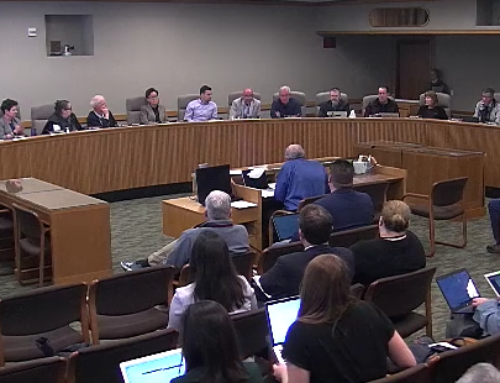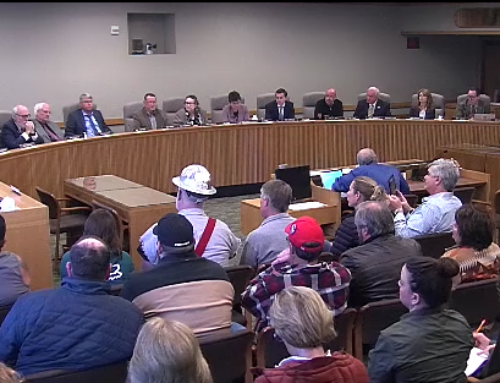(1.11.17 update from Cascade Employers Council)
In Oregon, mills, factories, and manufacturing employers must calculate weekly overtime for employees working more than 40 hours per week, as well as daily overtime for employees working more than 10 hours per day. BOLI has long interpreted this rule to require employers to pay only the greater of the daily or weekly overtime in a workweek. For instance, if an employee works three 12-hour shifts and a single 6-hour shift in a workweek, that employee has worked 6 hours of daily overtime and 2 hours of weekly overtime. The employer would be obligated to pay the 6 hours of daily overtime (and 36 hours of straight time) in this situation, rather than paying a combined 8 hours of weekly and daily overtime (and 34 hours of straight time).
In December of this year, BOLI – with very little notice to employers – pulled a complete 180 and is now saying that manufacturing employers must pay the combined total of daily and weekly overtime in a workweek. This interpretation is in response to a pending class action lawsuit between the Northwest Workers Justice Project (NWJP) and Portland Specialty Baking, in which the NWJP has alleged that Portland Specialty Baking owes unpaid overtime to its workers because it did not pay the combined total of daily and weekly overtime.
What is truly odd about BOLI’s about-face is that the lawsuit is still pending, and the trial court – not to mention appellate courts if any decision is appealed – could decide that the prior interpretation of the statute is correct. Adding another wrinkle is that, since 1984, courts have used a principle of statutory interpretation known as Chevron deference. Under that principle, if the statute or intent of the legislature cannot be discerned, the court will give deference to the administrative agency’s interpretation if it is consistent with the statutory language. A reading of the statute does seem to support BOLI’s new interpretation of the law because there is an “and” between the daily and weekly overtime clauses.[1] It is unclear, however, whether the court would solely focus on BOLI’s new administrative interpretation, which is less than a month old, or whether it would still give weight to BOLI’s decades-old prior interpretation.
BOLI has updated their enforcement manual and their article on this subject on their technical assistance for employers page. They are taking the position that employers should change their practices now to comply with the new law. They also believe that, if their interpretation is upheld in court, employers may be liable for any unpaid overtime going back the full two-year statute of limitation period – even though BOLI had been providing employers with the opposite advice during those two years.
Needless to say, this is a massive change for employers who operate mills, factories, or manufacturing establishments. There is also uncertainty with how to proceed given the pending court case and BOLI’s aggressive enforcement.
To further discuss how this decision may affect your organization, please contact us as soon as possible.
[1] Employees “employed in” mills, factories, and manufacturing establishments must be paid at one and one-half times the employee’s regular rate of pay for hours worked in excess of 10 in any day and any hours in excess of 40 hours per week. In addition, employees may not work more than 13 hours in any given day. ORS 652.020(1).
Link to this alert at our website or view past Alerts.
Ryan Orr, Human Resource and Compliance Consultant
Cascade Employers Association





